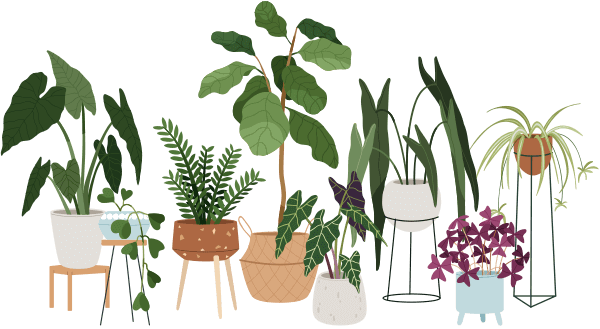The Rubber Plant, known scientifically as Ficus elastica, is famous for its glossy, deep green leaves and forgiving nature. If you’re just starting your indoor plant journey, you might be wondering, “How do I water my Rubber Plant properly?” It’s a good question—especially because *how* you water your Ficus elastica can mean the difference between a thriving houseplant and one struggling with yellowing leaves or root problems. Don’t worry! Making mistakes is part of learning, and you’re already on the right track by reading up. Let’s walk through everything you need to know about watering your cherished Rubber Plant.
How often should I water my Rubber Plant?
A Rubber Plant doesn’t like strict schedules. Instead, it prefers a flexible approach based on its environment:
- In spring and summer, when the plant is actively growing, water every 1–2 weeks.
- In fall and winter, cut back to every 2–3 weeks, allowing the soil to dry more between waterings.
A good trick? Always check the top couple of inches of soil with your finger. If it feels completely dry, that’s your signal: time to water. Don’t worry if you sometimes forget! Ficus elastica is quite forgiving if allowed to dry out a little.
How much water does a Ficus elastica need?
Give your Rubber Plant a deep drink, but not a flood. Water until you see some come out of the drainage holes at the bottom of the pot. For an average apartment-sized plant (about 1-2 feet tall), this is usually about half a liter (two cups) of water each time, but always judge by the size of the pot and how dry the soil is.
Important: Always empty excess water from the saucer or outer pot so the roots don’t stand in water.
Should I mist or spray my Rubber Plant?
Misting is not essential for Ficus elastica. While it can give leaves a quick clean and boost humidity momentarily, it isn’t a substitute for watering. If you enjoy a quick spray to remove dust, go ahead, but don’t rely on misting for moisture needs.
What are the humidity needs of Ficus elastica?
Rubber Plants enjoy typical indoor humidity levels but thrive with a little extra. Most homes are dry, especially with heating or air conditioning on. If your apartment is very dry, occasional misting or setting your plant on a tray of water and pebbles (so the pot never sits *in* water) can boost humidity. But really, Ficus elastica is not too fussy.
Is the Rubber Plant sensitive to overwatering?
Yes, very much so. Overwatering is the main reason Rubber Plants fail indoors. Signs include yellowing leaves, soft stems, or a musty smell from the soil. If you’re unsure, it’s always better to wait a few days before watering again.
Is Ficus elastica drought tolerant?
Compared to other houseplants, yes! The Rubber Plant can cope with spells of dryness. Underwatering once in a while is less harmful than giving too much water.
Is bottom watering or watering from the top better for Rubber Plants?
Either method works, but here are the pros:
- Top watering: Flushes minerals and salts from the soil, helps you see when water drains through.
- Bottom watering: Ensures roots absorb water evenly, reduces risk of splashing leaves.
Pick whichever is easier for your setup! Just make sure the plant isn’t left sitting in standing water.
Quick tip: If you bottom water, remove excess water after 10–15 minutes to prevent soggy roots.
What should I do with excess water after watering?
Always discard the water collected in the saucer or outer pot within 30 minutes. Standing water suffocates roots and encourages root rot. Remember, the Rubber Plant likes its “shoes” dry after a drink!
Summary: How to water your Rubber Plant for success
Caring for a Ficus elastica isn’t about perfection—it’s about learning what works for your plant in your home. Water your Rubber Plant only when the topsoil feels dry, give it a deep but brief soak, never let it sit in water, and know that a little neglect is kinder than too much love. Whether you water from the top or bottom, watch the plant’s leaves for feedback—they’ll quickly show if their watering needs are met.
With these easy watering tips, your Rubber Plant should grow lush and strong, thriving in your apartment for years to come.


